Structure and Motion News
-
New RVC study reveals how dragonfly wings can inform engineering and robotics
A new study led by the Royal Veterinary College (RVC) and Imperial College London has revealed how …
-
How changing limb posture helped ancient reptiles grow
New collaborative research from the Royal Veterinary College (RVC), along with the Institute of …
-
Hop to it: New research explores the muscle anatomy of frogs in relation to their movement
Researchers from the Royal Veterinary College (RVC) and UCL have uncovered anatomical differences …
-
New research from the RVC explores the functions of leg muscles and structures in running
Research from the Royal Veterinary College (RVC) has explored the functions of leg muscles, …
-
RVC Professor named chair of The Royal Society’s judging panel for the 2024 Trivedi Science Book Prize
The Royal Veterinary College’s (RVC) Professor John Hutchinson has today been announced as Chair of …
-
RVC research discovers hippos' ability to become airborne
A new study from the Royal Veterinary College (RVC) into the movement and gaits of hippopotamuses …
-
New research from the RVC unlocks the key to hummingbird flight
New research from the Royal Veterinary College (RVC), UCLA and the University of British Columbia …
-
Leading biomechanics researcher from the RVC shares insights at United Nations’ AI for Good event
This week, Professor Richard Bomphrey, Professor of Comparative Biomechanics at the Royal …
-
RVC’s Professor John Hutchinson elected Fellow of prestigious Royal Society
John Hutchinson, Professor of Evolutionary Biomechanics at the Royal Veterinary College (RVC), has …
-
New RVC research explains human foot and leg proportions
Novel research from the Royal Veterinary College (RVC) examining the human walk has been able to …
-
RVC professor chairs the Royal Society Young People’s Book Prize
The Royal Veterinary College (RVC) is delighted to share that Professor Alan Wilson, Professor of …
-
3D modelling reveals extinct shark with teeth bigger than your mobile phone would eat prey the size of killer whales
Researchers from the Royal Veterinary College, among other international partners across …
-
Do long limbs really provide a leg up?
Giraffes' long limbs may help them feed from tall tree canopies, but their extreme height may …
-
New research from the RVC furthers understanding of the role of muscles and tendons
A new study from the Royal Veterinary College (RVC), has uncovered how muscles and tendons work …
-
How gliding barn owls could be the key to improved flight of small aircraft
New research from the RVC shows potential to reduce drag
Aeronautical engineers have long looked …
-
RVC researcher receives grant for a project analysing shape change in horse’s backs during walking and trotting
A lecturer and early career researcher at the Royal Veterinary College (RVC) has been awarded a …
-
Computer simulations reveal dinosaurs wagged their tails when running
Scientists from the Royal Veterinary College discover that dinosaurs, like Tyrannosaurus and …
-
It’s a bird, it’s a plane!
As part of this year’s Royal Society’s Summer Science, researchers from the Royal Veterinary …
-
Biomechanical models unlock muscle-bound secrets of the evolution of dinosaur locomotion
Scientists have discovered how the locomotion of dinosaurs on land changed from the earliest, cat- …
-
Lily the barn owl reveals how birds fly in gusty winds
Scientists from the Royal Veterinary College (RVC) and the University of Bristol have discovered …







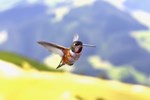


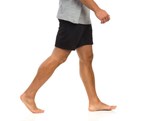
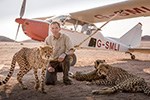

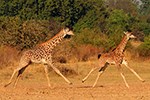

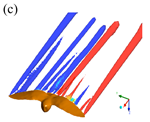


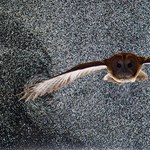
.png?v=638497412874764437)
